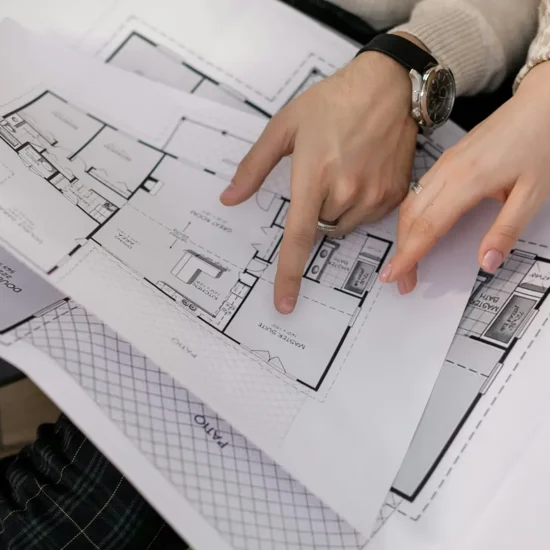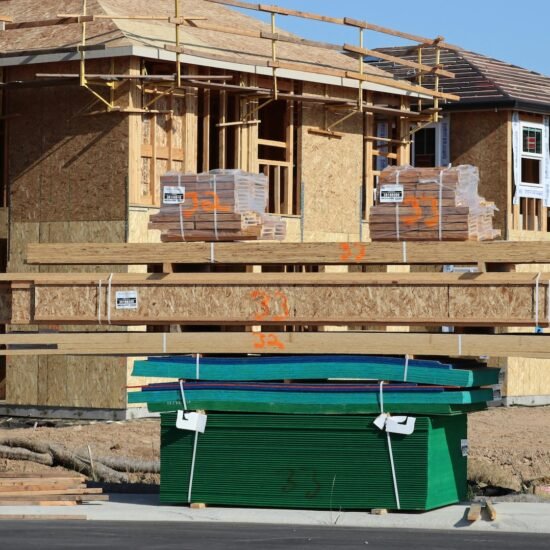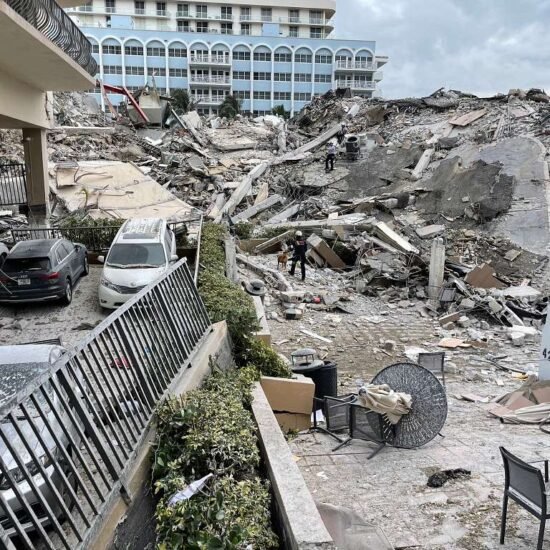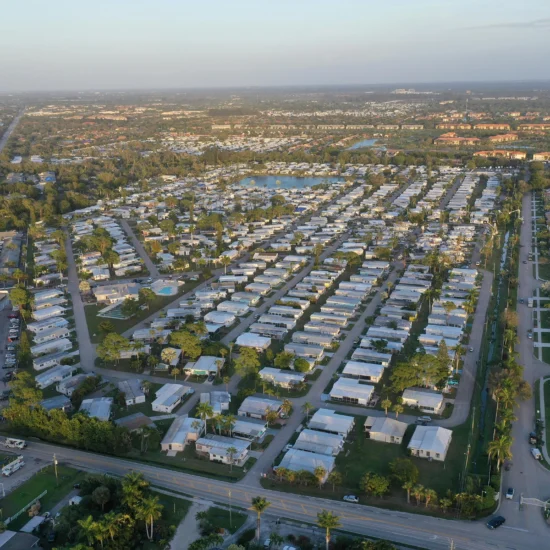
https://www.jchs.harvard.edu/state-nations-housing-2025
HOA Detective™ | October 7, 2025: In 1978, at the ripe old age of 22, the HOA Detective™ bought his first house in Ft Worth, TX. The rules of engagement were simple and fair. The generally accepted mortgage underwriting criteria in that era was the times annual income principle; the mortgage applicant’s household income before taxes had to be two times the amount of the mortgage to qualify for a loan.
Assuming a 10% to 20% down payment on a $40K to $50K home, this meant a working-class household could earn $25K to $30K a year and easily qualify for a mortgage. Even better, $40K would buy a very serviceable home. $50K would buy a home that was a second or third tier above the basic starter home.
Most mortgage loans were 20-year notes, not the 30- and 40-year debt traps of today. Private mortgage insurance (PMI) was rare because most buyers could afford a 20 percent down payment. The mortgage industry was conservative by design – it protected the borrower, the lender, and the social contract that said: if you worked hard and saved diligently, you could OWN a modest home within 20 years.
Broken Promises: Fast-forward half a century, and that social contract has been BREACHED! How did this happen? How did we go from being the envy of the industrialized world to a debt-ridden embarrassment of a nation that in the last 80 years has defeated Hitler and the U.S.S.R., and in our spare time put a man on the moon? Well, it happened like this:
Autopsy of the American Dream: To understand how things got this bad this fast, you should start with the 2025 Harvard University Joint Center for Housing Report, “The State of the Nation’s Housing.” The report reads like an Autopsy of the American Dream of owning one’s home. It documents a nation where homeownership has become a privilege rather than a pathway to stability. Median home prices now stand at more than 5.6 times median household income – a ratio nearly triple what underwriting standards allowed half a century ago. The 20-percent down payment that once represented prudence is now an impossible barrier for millions. Harvard notes that it would take the typical renter more than 11 years to save enough for a down payment, even assuming moderate rent and income growth.
Meanwhile, mortgage debt has ballooned. Total U.S. outstanding mortgage balances owed by homeowners now exceed $13 trillion, with record levels of leverage among first-time buyers. Where once a home was a shelter and savings vehicle, it has become a speculative asset class dominated by institutional investors, private-equity landlords, and short-term rental platforms.
How We Got Here: Three structural shifts over the past half-century have transformed the American housing landscape:
- The Privatization of Residential Development: Beginning in earnest in the 1960s, local governments – especially in California and Florida – embraced the concept of Common Interest Developments (CIDs). By transferring the cost of streets, parks, and utilities to homeowner associations (HOA), municipalities could approve growth without paying for it.
The result was a quiet revolution: public obligations became private assessments. Today, more than 80 million Americans live in some form of HOA or condominium regime. What began as a mechanism for orderly subdivision design has metastasized into a parallel system of government – one where corporations manage what was once managed by the city or county. Privately-owned, for-profit consulting firms, lawyers, lenders, and insurers now wield quasi-municipal power over the lives of homeowners, all standing in line for a share of the profits to be had by “serving” the hapless CID membership.
- Rise of the Permit-Planning Industrial Complex: Also, with a genesis that traces to California in the 1960s, the professionalization and hyper-regulation of land-use, urban planning, and the permitting of private residential developments became the standard, with the promise that such heavy-handed regulation would result in rational growth.
Instead, it created an administrative labyrinth that throttled supply and inflated costs. Average project approval periods in major metropolitan areas now exceed two years – five times longer than in 1970. Every layer of review adds consultant fees, environmental studies, interest charges, and impact assessments. Developers pass those costs on to buyers, embedding regulatory overhead into the price of every new dwelling. In the worst cases, the time required to secure a building permit for a residential development can easily be two to three years.
All the while, the fees piled onto the interest charges can be well into six figures before a developer turns a single shovel of dirt on their long-awaited new housing development! In a recent example close to home, a client of the HOA Detective™ informed him that he had spent $175K and 30 months to secure building permits for a modest 7-unit condominium development in Portland, OR, and that did NOT include the interest charges he was paying for the land loan. By the time the project was constructed and the units sold, he said it would be a miracle if he broke even on the project.
- The Financial Deregulation of Home Lending: The final transformation came from Washington, DC. In 1982, during Ronald Reagan’s first term, Congress passed the Garn-St Germain Depository Institutions Act, effectively deregulating interest rates and authorizing adjustable-rate mortgages (ARMs). That single act began the commoditization of housing finance. What had been a stable, locally-held mortgage system – savings-and-loan institutions investing in their communities – became a global market for securitized debt.
The Privatized Metropolis: If the garden-variety HOA with all its inequities wasn’t bad enough, these forces have combined to create what scholars Dennis R. Judd, Evan McKenzie, and Alba Alexander call the Private Metropolis – a vast archipelago of gated, deed-restricted, fee-governed enclaves stitched together by debt. Supported by special-use districts, community service districts, semi-private neighborhood Associations, and privately managed municipal utility and transportation infrastructure.
In the 20th-century Republic, cities were financed by taxes and governed by elected councils. Toll roads and toll bridges were rare. In the 21st-century Private Metropolis, these “services” are financed by association dues and service fees levied against the private property owners, while the infrastructure is governed and managed by private contractors.
This privatization has not produced affordability or resilience. Quite the opposite. When local governments offload infrastructure obligations onto HOAs, they effectively outsource long-term capital risk to amateur boards. Escalating HOA fees cannot keep pace with deferred maintenance and reserve underfunding. The Private Metropolis is crumbling behind its gates, even as it continues to expand.
The Economics of Exclusion: The tragedy is not simply high prices but institutionalized exclusion. The old 2×-income rule tied housing prices to wages. Today’s financialized market severs that link. Investors – both foreign and domestic – treat housing as a hedge against inflation and a vehicle for rent extraction. Homeownership among 25- to 34-year-olds has fallen to 37 percent, its lowest point since records began.
Meanwhile, the supply of modest, entry-level homes has collapsed. Only 7 percent of new single-family homes built in 2024 were under 1,400 square feet, compared with 40 percent in 1980. Land costs, regulatory burdens, and developer incentives all favor luxury. The market produces what yields the highest return, not what satisfies the greatest need. In most urban areas of the U.S. market, builders no longer build “entry-level” homes because it is simply not profitable to do so.
The Feedback Loop: Housing scarcity drives rents higher, which in turn prevents renters from saving for down payments, perpetuating dependence on rental housing – often owned by the same institutional investors bidding up the for-sale market. Half of all renters now spend more than 30 percent of their income on housing. This is not a market failure; it is the market functioning precisely as deregulated capitalism intends – channeling wealth upward from those who live in homes to those who trade them.
From Shelter-to-Shelter Insecurity: When the HOA Detective™ closed on his first mortgage in 1978, the fixed rate was 8.5 percent – but that rate bought ownership, not speculation. The loan was local, the banker knew your name, and the appraisal reflected the replacement cost of the home, not the speculative appetite of a hedge fund. The payments ended after twenty years. You owned your house outright, and you slept soundly.
Today’s buyers are told that a 6.9 percent mortgage is “cheap,” even as they sign up for 30- or 40-year obligations that extend well into retirement. Loan terms now stretch to match prices rather than incomes, a reversal of logic that once protected the working class. Housing has become the nation’s primary inflation engine, distorting every measure of economic health. In the 21st Century Private Metropolis, many would-be homeowners are forced into a situation that requires them to choose between secure rented housing that they can afford, and insecure shelter in the form of a home mortgaged to the hilt that they can barely afford!
The Moral Reckoning Ahead: The [SAD] in this title is a moral diagnosis and commentary on the insights contained in Harvard University’s 2025 State of the Nation’s Housing Report.
The current U.S. housing system is structurally and spiritually unsustainable. A society that treats shelter as a speculative commodity rather than a human necessity cannot endure without becoming fractured, as we are witnessing in the U.S. as we speak. To restore balance, the nation must confront three realities:
1. Housing is Infrastructure. Roads, sewers, and homes are indivisible public goods. Shifting them into private hands does not erase their cost; it merely hides it until failure.
2. Planning Must SERVE; not Obstruct Production: The permit-planning complex must be dismantled and replaced with transparent, time-limited review processes that reward affordability.
- Finance Must be Re-domesticated: Mortgages should again be instruments
of local investment, held by institutions with a stake in community stability –
not security for international sovereign wealth investors and Wall Street hedge funds. The deeds of the homes of the working-class Americans should NOT be used as chips on a global casino floor.
Epilogue – The Existential Threat: The home once anchored the American dream; today it floats in the international ether of electronically traded capital markets. Subsidies cannot repair a moral economy that has forgotten the difference between ownership and possession. If the past fifty years have taught us anything, it is that public retreat breeds private empire. The rise of the HOA, the metastasis of the permit bureaucracy, and the deregulation of finance were not isolated events – they were successive waves of privatization that transformed housing from a right into a revenue stream.
The sad state of the nation’s housing in 2025 is not merely economic. It is an existential threat to the nation’s future and every man, woman, and child alive today. To rebuild, we must rediscover the humility of the 20th Century 2X Arithmetic: two times income, twenty-year note, twenty-percent down. A house you could pay off before your children left for college. A community governed by neighbors, not corporate-owned management companies. A mortgage that bought freedom, not servitude. Unless we remember those principles, the Private Metropolis will keep expanding – and the American dream will keep shrinking behind its gates.
Because You’re Buying More Than a Home!






